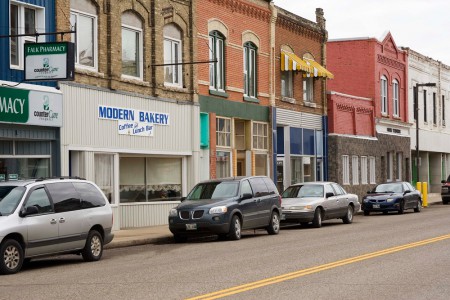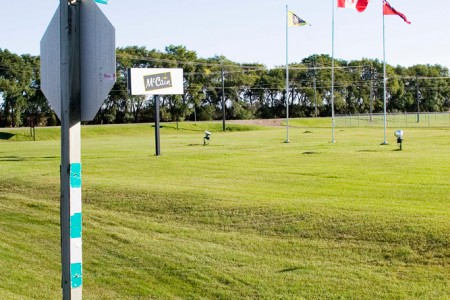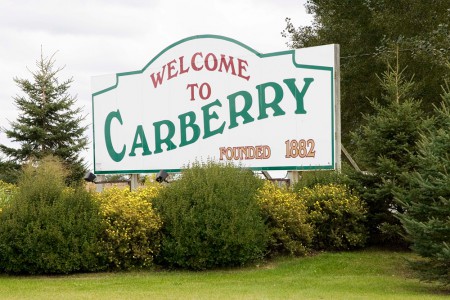
Carberry
The Community of Carberry welcomes you!
Carberry Collegiate is a place where each individual’s rights are respected. In an environment of safety, trust and fairness, each student can set personal and educational goals. At the same time students are encouraged to get involved and become productive members of the school and community.
Spending time with a family in the Carberry area will be time well spent. The century-old Main Street is an architectural wonder, and remains the centre of the community’s culture, heritage and commerce. Two blocks of historic brick buildings, many sharing a common wall with their neighbour, line both sides of Main Street. Plans have begun for an ambitious restoration project to take Main Street back to its former glory. Recently, the area has been designated as Manitoba’s only Designated Heritage District, ensuring the preservation of this remarkable collection of buildings into the future.
Visit Heritage Square, the new downtown gathering place, and enjoy a cappuccino in the sun. Shop one of the many local retailers offering flowers, food, hardware, groceries, handmade crafts, clothing and fair trade goods.
Just a few kilometers from Carberry’s downtown, you will find a natural wonder. Spruce Woods Provincial Park contains one of very few areas of sand dunes in Canada, called the Carberry Sandhills, or Spirit Sands. This region is not a true desert, but the remnant of a sandy delta of the Assiniboine River, from a time when it ran into glacial Lake Agassiz. The sandhills are home to many unique plants and animals; including some cacti and hognose snakes.
It had its beginning more than 15,000 years ago. The Assiniboine River, much larger than it is today, created an enormous delta as it brought glacial meltwaters into ancient Lake Agassiz. Of the original 6,500 square kilometres of delta sand, only four square kilometres remain open; the rest is now covered with a rich variety of plants and wildlife. Wind-patterned sand, cacti and high temperatures make it tempting to call Spirit Sands a desert. Yet the moisture received here is 300-500 millimetres per year-nearly twice the amount received in a true desert region. This abundant rainfall enables plants to colonize or cover the dunes, decreasing the open sand area.
At the Devils Punch Bowl, sand slips and slides down a bowl-shaped depression 45 metres deep and disappears into an ever-moving, eerie pool of blue-green water. Although this may sound bizarre, it is part of the landscape of the Spirit Sands. Underground streams have eroded and collapsed the hills beside the Assiniboine River to create an unusual site. For centuries people have come here to see something special. World-renowned nature writer Ernest Thompson Seton walked the sandhills wanting to learn more about nature. Now, visitors come to see this rare and unusual part of Manitoba’s natural legacy.
















